If you’ve ever worked out with bodybuilders or discussed with them, there’s a high chance you’ve often heard about various bodybuilding terms and slang. One pretty popular term that can be pretty confusing is IGF-1 in bodybuilding.
- IGF-1 is actually a common topic in the bodybuilding world and if you want to grow muscles and get past your muscle building potential – you should learn about it. IGF-1 stands for Insulin Like Growth Factor 1. That’s an anabolic hormone that stimulates the growth of bone, muscle, and other important tissues.
So, why is IGF-1 in bodybuilding such a big deal? In simple words – it works to stimulate muscle volume and muscle mass. Therefore it is a crucial factor in building muscle and sculpting your body composition. This means that you may not even have heard of it but you’re using it as long as you’re trying to improve your physique and performance.
But it’s not only that, insulin like growth factor 1 also influences the biological aging of cells as well as insulin sensitivity. It has an extremely important role in our daily lives, but especially in bodybuilding. But how is IGF-1 produced? Most importantly – how to increase IGF-1 levels?
In order to understand it, we first need to talk about peptides.
What Are Peptides?
I know it can be confusing. What do peptides have to do with all of this? We will explain everything.
So, peptides are commonly used in the bodybuilding community with or without anabolic steroids. Specific peptides can help with specific purposes. They may help boost recovery, support muscle growth, enhance fat loss, improve performance, and others. Peptides are often seen as a bit more natural alternatives to typical anabolic steroids. They are overall milder than steroids, meaning they may not cause the same side effects, but they are not so dangerous in terms of side effects too. Still, you can safely use steroids if you know how to do it right.
Anyway, back to peptides – lots of users talk about their ability to boost muscle mass, enhance fat loss, and maximize their workouts.
Shortly, peptides are short chains of amino acids. The amino acids form the building blocks of proteins and peptides. They naturally exist in the body and you source them from foods such as meat, fish, eggs, lentils, dairy, beans, and whole grains. These amino acids play a crucial role in a variety of body processes. That includes the production of hormones. Overall, they are very important for muscle mass growth. Specific peptides can boost the release of hormones that will encourage muscle growth, and fat loss and improve workout recovery and performance.
Most commonly, peptides are sold as a powder that is mixed with a liquid and used via injection subcutaneously as an injectable form.
Human Growth Hormone
So, peptides are short chains of amino acids. They are made of the same chains that HGH (Human Growth Hormone) is made of. In short, HGH is just a “wider” version of amino acids. But specific peptides work as growth hormone secretagogues. They stimulate the production and release of human growth hormones.
HGH, as you may already know, is essential for muscle growth. At least, its name already suggests it. You need the GROWTH hormone for muscle GROWTH. It has numerous other benefits such as fat loss, mental health, and immune system among numerous other benefits both for bodybuilders and for general people who only want to be healthy.

Back to IGF-1
It seems like we got way off topic. What does all of this have to do with IGF-1? A boost in human growth hormone levels can stimulate the liver into releasing more insulin like growth factor (IGF-1)!
What happens next is what you’re actually looking for. IGF-1 at this point triggers muscle protein production. That is what boosts the actual muscle growth.
What you can do is use HGH or peptides such as GHS (growth hormone secretagogues). This will stimulate your IGF-1 production and yield those benefits.
The advantage of using peptides over HGH is that they may not come with as many side effects. The disadvantage is that they are nowhere near as effective. According to users, HGH is way more effective, both at boosting IGF-1 and HGH levels and at yielding way faster, bigger, and better results.
- In the end, GHS peptides work to stimulate the release of growth hormone. Then growth hormone encourages solid muscle gain and the IGF-1 level increases. But you can use actual Human Growth Hormone for much better effects.
Different GHS peptides work in different ways. For example, there are growth hormone releasing hormones like tesamorelin, sermorelin, CJC-1293, and CJC-1295. There are also ghrelin and compounds that mimic its effects like anamorelin, ipamorelin, macimorelin, tabimorelin, and lenomorelin. Lastly, there are growth hormone releasing peptides like alexamorelin, hexarelin, and GHRP from 1 to 6.
Each comes with its advantages and disadvantages.
Is IGF-1 a Peptide?
So, what’s a peptide? A short chain of amino acids. HGH is a wider chain of amino acids. IGF-1 is also a small peptide, consisting of about 70 amino acids. IGF-1 is mostly popular as a hormone that works as a mediator of HGH. When insulin like growth hormone (IGF1) and growth hormone (GH) come together, they will promote healthy growth of bones, muscles, and other tissues.
How Is IGF1 Produced?
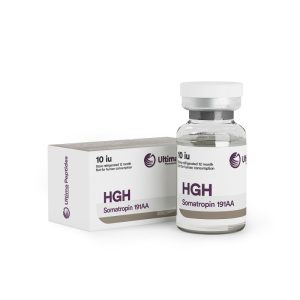 IGF-1 is produced in response to the release of growth hormone, predominantly by the liver (approximately 75%). HGH itself is released in response to food, sleep and exercise. But as said, you can administer HGH exogenously, forcing HGH levels to increase, leading to a myriad of effects and benefits.
IGF-1 is produced in response to the release of growth hormone, predominantly by the liver (approximately 75%). HGH itself is released in response to food, sleep and exercise. But as said, you can administer HGH exogenously, forcing HGH levels to increase, leading to a myriad of effects and benefits.
- PS: The only way to administer HGH is by injection, usually, subcutaneously (but can go intramuscularly too). No other way of using HGH is available! Other forms of using HGH are just scams. Not even all injectable HGH are genuine and/or of high quality. That’s why you need to pay attention to where you buy your HGH products to boost your growth hormone and IGF-1 levels. I strongly recommend our source Supps-For-Life.to as all the products in our inventory go through a strict quality review.
In the end, the amount of IGF1 released by the liver circulates throughout your bloodstream. Other tissues also secrete IGF1 too (the remaining 25%). But they are different because the other issues (including muscle tissues) secreting IGF1 will make this hormone target locally on nearby tissues.
BUY HUMAN GROWTH HORMONE ONLINE HERE
IGF-1 and muscle building
In order for hypertrophy to occur (muscle growth), the rate at which muscle build proteins should be greater than the rate at which they break down. That’s called muscle protein synthesis. The ratio should be higher for muscle building. IGF-1 is important as it stimulates molecules producing protein and inhibits molecules that break down protein. In short, IGF-1 helps balance out protein synthesis leading to hypertrophy (muscle mass growth). The higher levels of IGF-1 – the easier (and faster) it is to build muscle mass.
IGF-1 and weight loss
Increasing IGF-1 levels is also likely to help those people who want to burn fat. The potential boost to growth hormone is a greater interest in those who want to build muscle and burn fat tho. IGF-1 alone as a weight loss compound may not be a good idea as there are better/easier options.
IGF-1 Benefits and Side Effects
 This is an anabolic hormone, so IGF-1 works to stimulate bone, muscle, and other tissue growth. It plays a crucial role in muscle mass building and promotes fat loss. It both helps keep muscles (or growth) while cutting fat. No surprise that it got so popular among bodybuilders. On the other hand, this is a hormone that makes cells divide and grow faster. This may also lead to various issues too because faster dividing and growing cells may lead to negatives.
This is an anabolic hormone, so IGF-1 works to stimulate bone, muscle, and other tissue growth. It plays a crucial role in muscle mass building and promotes fat loss. It both helps keep muscles (or growth) while cutting fat. No surprise that it got so popular among bodybuilders. On the other hand, this is a hormone that makes cells divide and grow faster. This may also lead to various issues too because faster dividing and growing cells may lead to negatives.
IGF-1 benefits:
- Protein synthesis
- Improves cognitive function
- Positive metabolic effects
- Fat loss as fat storage is used for energy production
- Overall improvement in fat free lean body mass
- Fuller muscle tissues thanks to hyperplasia
IGF-1 Possible Side Effects
- Joint pain
- Acne
- Hormone dysfunction
- Low blood glucose levels
- Headaches
- Organs swelling or enlargement
How To Test IGF-1 Levels?
You can easily test IGF-1 via blood samples. Very often, a low level of IGF-1 is because of growth hormone deficiency. Many people are prescribed HGH in such cases. Normal IGF-1 levels depend on your age and sex. Usually, it varies from 14 to 500-650 ng/mL for children up to 18 years old. Older people’s normal IGF-1 levels are between 37-245 ng/mL.
How To Boost IGF-1?
You can boost your IGF-1 levels naturally with a proper healthy diet, sleep schedule, and workout regimen. Generally, a healthy lifestyle greatly helps. Nonetheless, you can also boost IGF-1 levels by administering HGH. If you’re suffering from HGH deficiency for whatever reason, IGF-1 levels are very likely to be low. But even people with healthy HGH levels can greatly benefit from HGH.
- Yet, I only recommend it to older people as youngsters still have a huge IGF-1 level. As stated earlier, it is up to 245 ng/mL for adults, and up to 650 ng/mL for younger people.
Usually, HGH makes a great option for bodybuilders who already tried anabolic steroids and want to get to the next level as HGH works in different ways than anabolic steroids when it comes to muscle growth.
You just need to make sure you buy high quality genuine HGH and anabolic steroids. You can both ensure this and save money at Supps-For-Life.to. We have a wide variety of products for low prices of the highest possible quality.

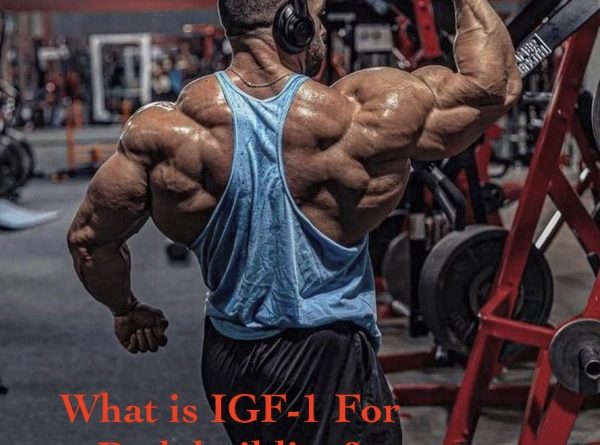
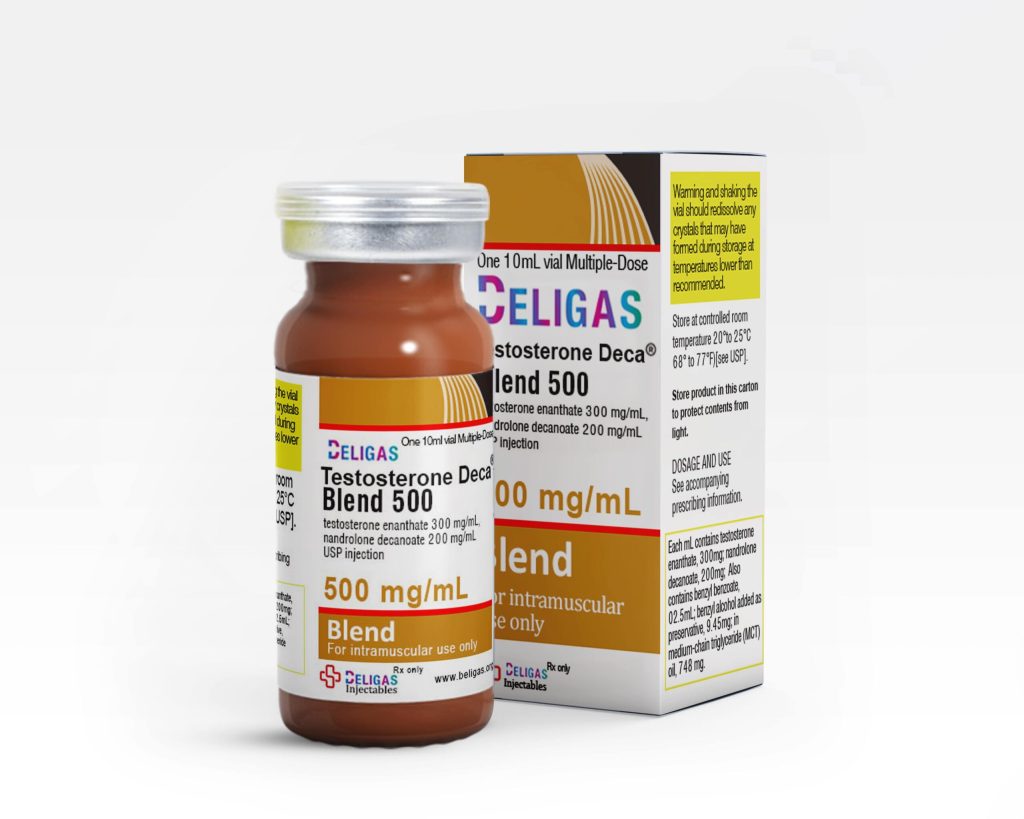







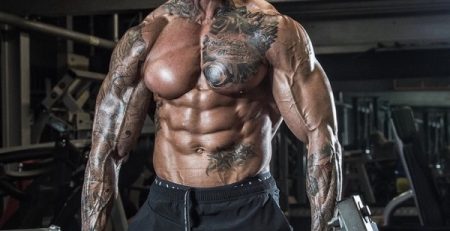

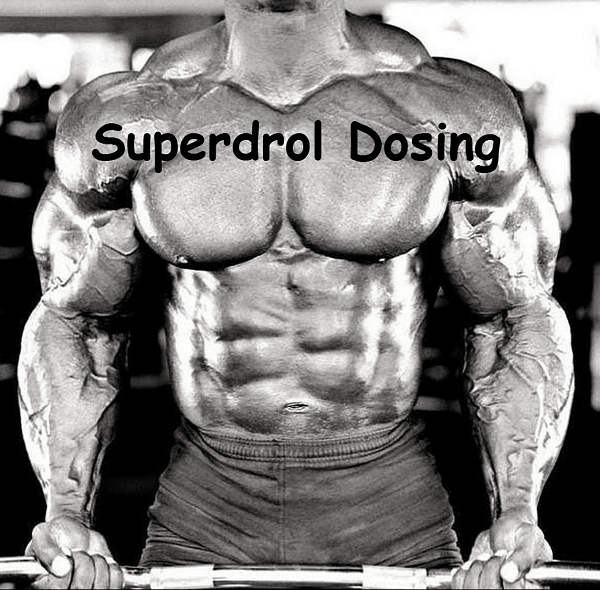


Leave a Reply
You must be logged in to post a comment.